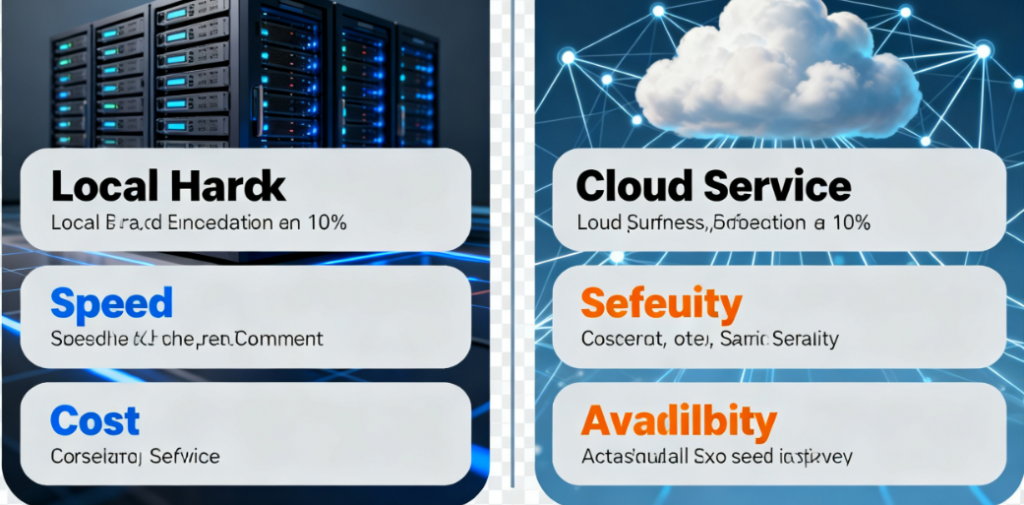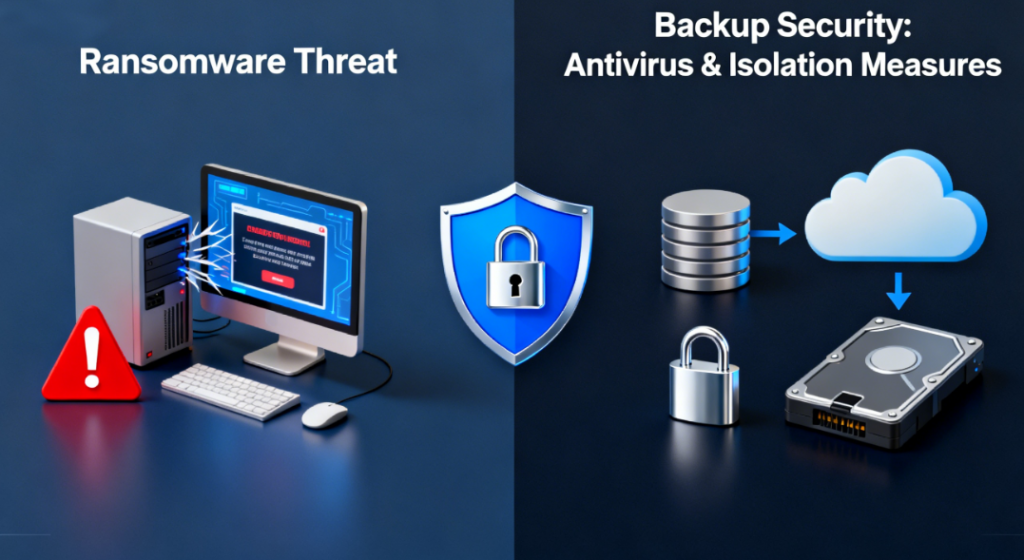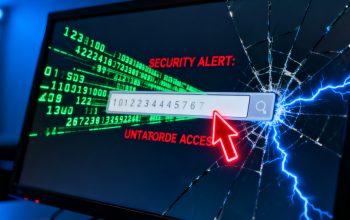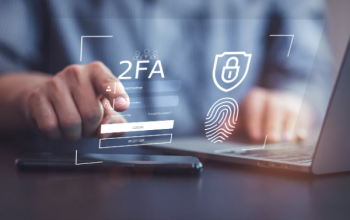Losing important files can cost you time, money, and peace of mind. Whether it’s financial records, personal photos, or business contracts, knowing how to backup sensitive data securely is essential. This guide shows the best methods to protect your data, save on costs, and make sure your information is always accessible when you need it.
Identify Your Sensitive Data
Start by figuring out what needs protection. Sensitive data often includes:
- Financial records (bank statements, tax files, credit cards)
- Personal identification (social security numbers, passport scans)
- Health and medical records
- Business documents and intellectual property
- Private communications and personal photos
Focusing on what matters ensures your backup strategy is efficient and cost-effective.
Follow the 3-2-1 Backup Rule
The 3-2-1 rule is a proven approach to secure backups:
- Three copies of your data – original plus two backups
- Two different storage types – for example, external hard drive and cloud storage
- One offsite copy – keep a backup at a separate location to prevent loss from fire, theft, or natural disasters
This method gives you the best protection at the lowest risk.
Choose the Best Backup Storage
Your storage choice affects both cost and security. Options include:
- External hard drives or SSDs – fast and offline, reducing online exposure. Encrypt files for added safety.
- Network-Attached Storage (NAS) – ideal for home offices or small businesses, often includes redundancy features.
- Encrypted cloud services – providers like pCloud, Tresorit, and Sync.com offer end-to-end encryption for secure online backups.

Combining these options can create a secure and flexible backup system.
Encrypt Your Backups
Encryption ensures your data remains private even if devices or cloud accounts are compromised:
- Full-disk encryption – BitLocker (Windows) or FileVault (Mac) protects your entire drive
- File-level encryption – VeraCrypt or similar software allows selective encryption
- Cloud encryption – consider encrypting files before uploading for an extra layer of protection
Never store passwords or keys with the encrypted files.
Automate Backups for Reliability
Automatic backups save time and reduce mistakes:
- Backup software – Acronis, Backblaze, or Carbonite can schedule regular backups
- File versioning – recover older versions of documents easily
- Check backups regularly – ensure all files are complete and accessible
Automation is the cheapest and most reliable way to maintain up-to-date backups.
Protect Against Cyber Threats
Secure backups are useless if ransomware or malware compromises your data. Keep your system safe by:
- Updating software regularly
- Using trusted antivirus tools
- Avoiding suspicious emails or downloads
- Isolating backups offline or on separate cloud accounts
These steps reduce the risk of losing data to attacks.

Test and Verify Your Backups
A backup only works if you can restore it. Periodically test by restoring a few files to ensure integrity and access. This simple step can save thousands of dollars and hours of frustration in the event of data loss.
Bottom Line
Learning to backup sensitive data securely is not just a tech task—it’s a skill that protects your privacy, finances, and business. By identifying key files, following the 3-2-1 rule, choosing the best storage, encrypting data, automating backups, and defending against threats, you’ll create a robust system that saves money and prevents disaster.


